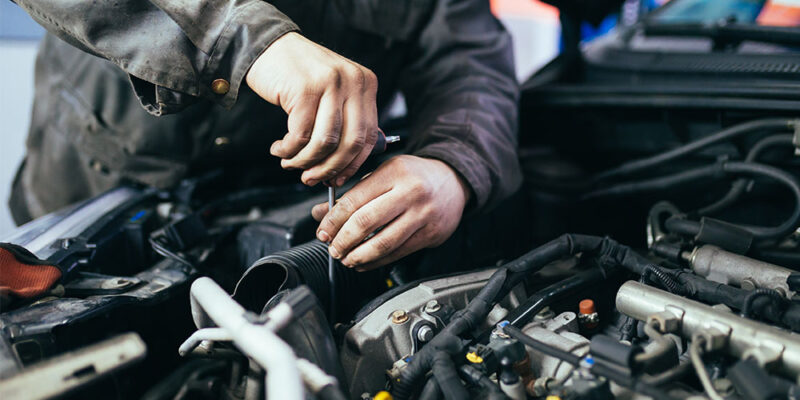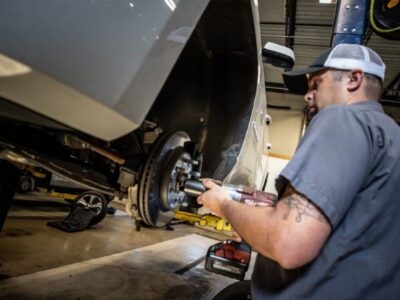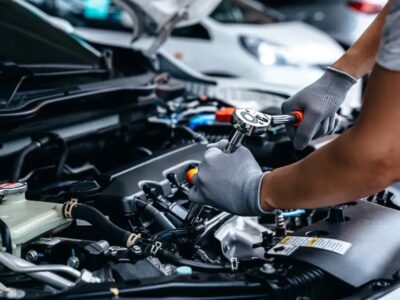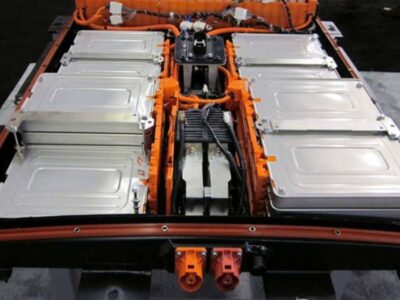A methodical approach makes diagnosing a car problem straightforward. Pay attention when you hear how the vehicle sounds — listen for unusual noises, like knocking or grinding — and look for warning lights on the dashboard. Park on level terrain, and see if you hear a change in performance. Where there is hard- or grinding-shifting, there may be a transmission issue, and that may involve less transmission fluid. Note that the transmission fluid change cost vary according to both your vehicle and the company you hire to do it, but transmission maintenance is a must.
Common Car Issues and How to Identify Them
When diagnosing a malfunction, it’s important to focus on the issues that tend to occur most frequently. Start by checking the engine light. If this light comes on, it could point to problems with the engine, transmission, or emission system. A dead battery or faulty alternator is a common culprit. If you notice the car sputtering or the lights dimming, this is often a sign of an electrical issue.
Next, evaluate the brakes. Don’t ignore any odd sounds or vibrations when braking, as these could indicate worn brake pads or more serious issues like leaking brake fluid. If you suspect a brake problem, it’s crucial to address it immediately to prevent further damage or safety risks.
You should also inspect the suspension system. Worn suspension components may manifest as poor handling or rattling sounds while driving. If you think something’s wrong, it’s best to consult a professional to ensure your vehicle remains safe to drive. By following a methodical diagnostic process, you can quickly identify the root cause of the issue.
Tools and Techniques to Avoid Mistakes
Using the right tools is essential when diagnosing car problems. One of the most useful tools for modern cars is an OBD-II scanner. This device plugs into the car’s diagnostic port and reads error codes stored in the vehicle’s computer system. These codes provide valuable information to pinpoint specific problems, helping you avoid unnecessary repairs. While the scanner can identify the issue, it may not reveal the underlying cause, requiring further investigation. Here are a few steps to help diagnose mechanical problems:
- Use an OBD-II Scanner: The scanner helps read error codes from the car’s computer, offering insight into potential issues.
- Inspect Under the Hood: Look for visible signs like leaks, cracked belts, or broken hoses.
- Examine the Engine and Transmission: A thorough inspection is essential to ensure no issues are missed.








Comments